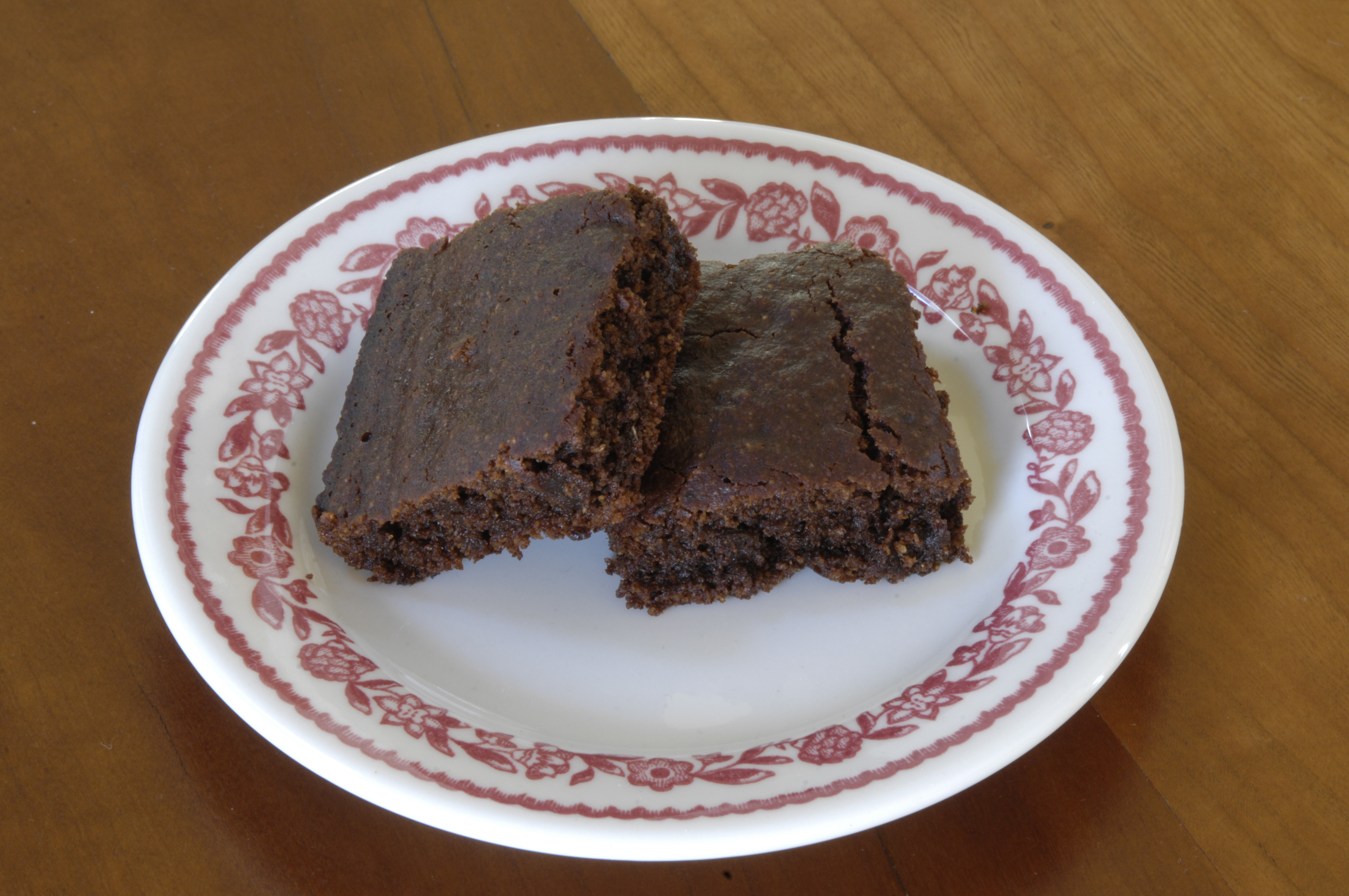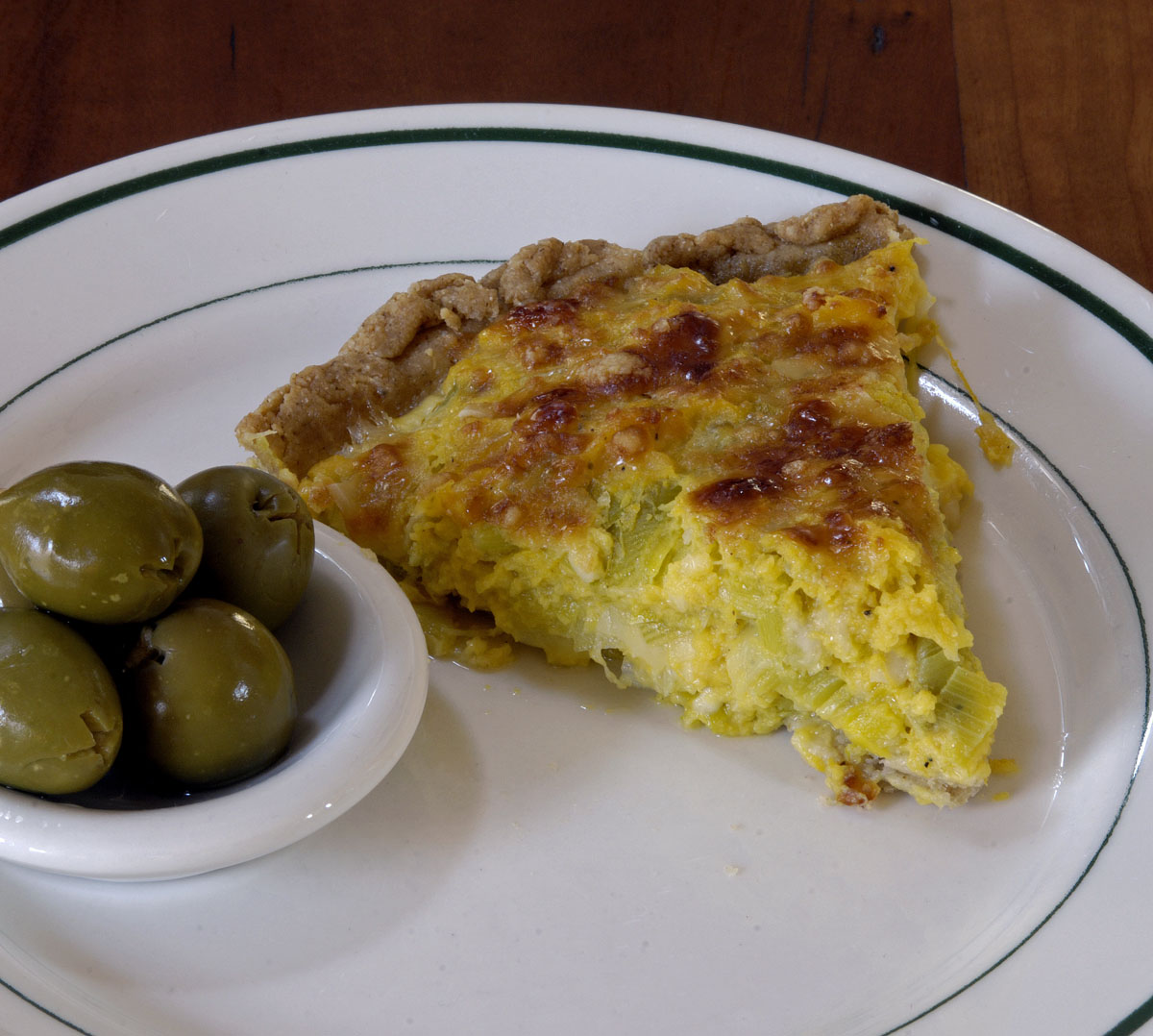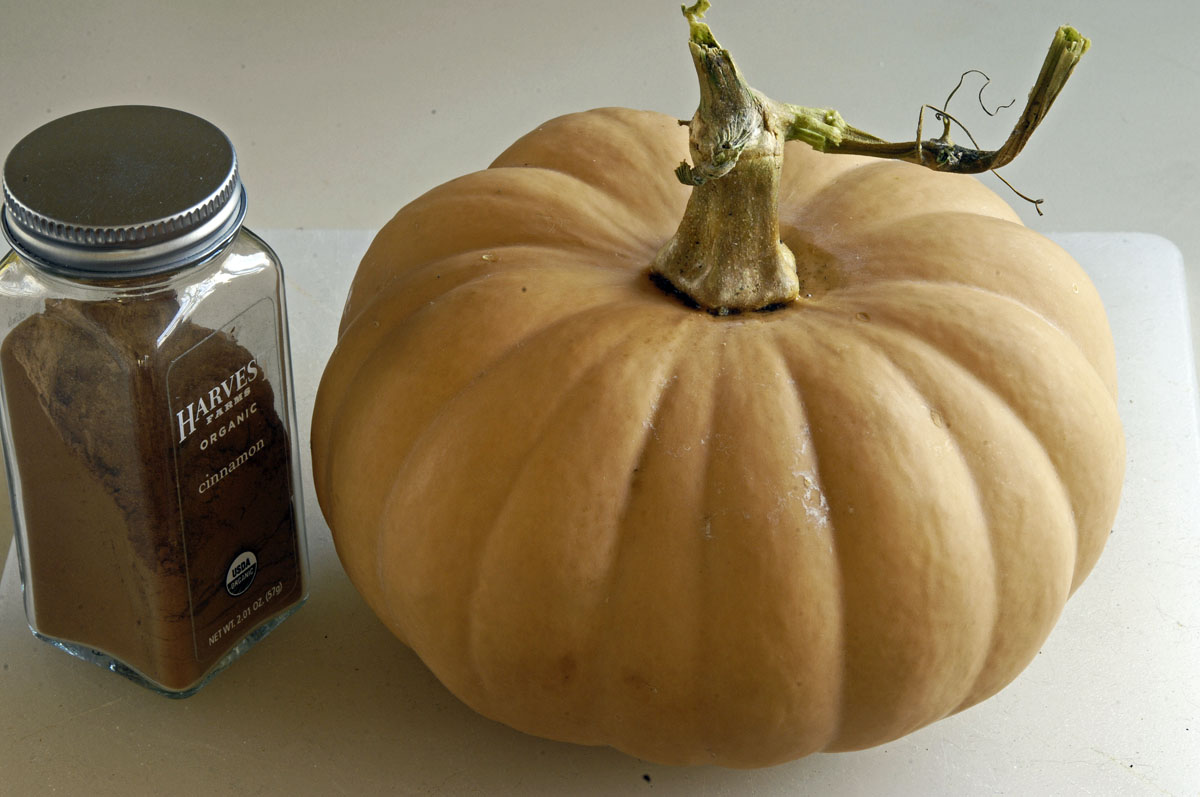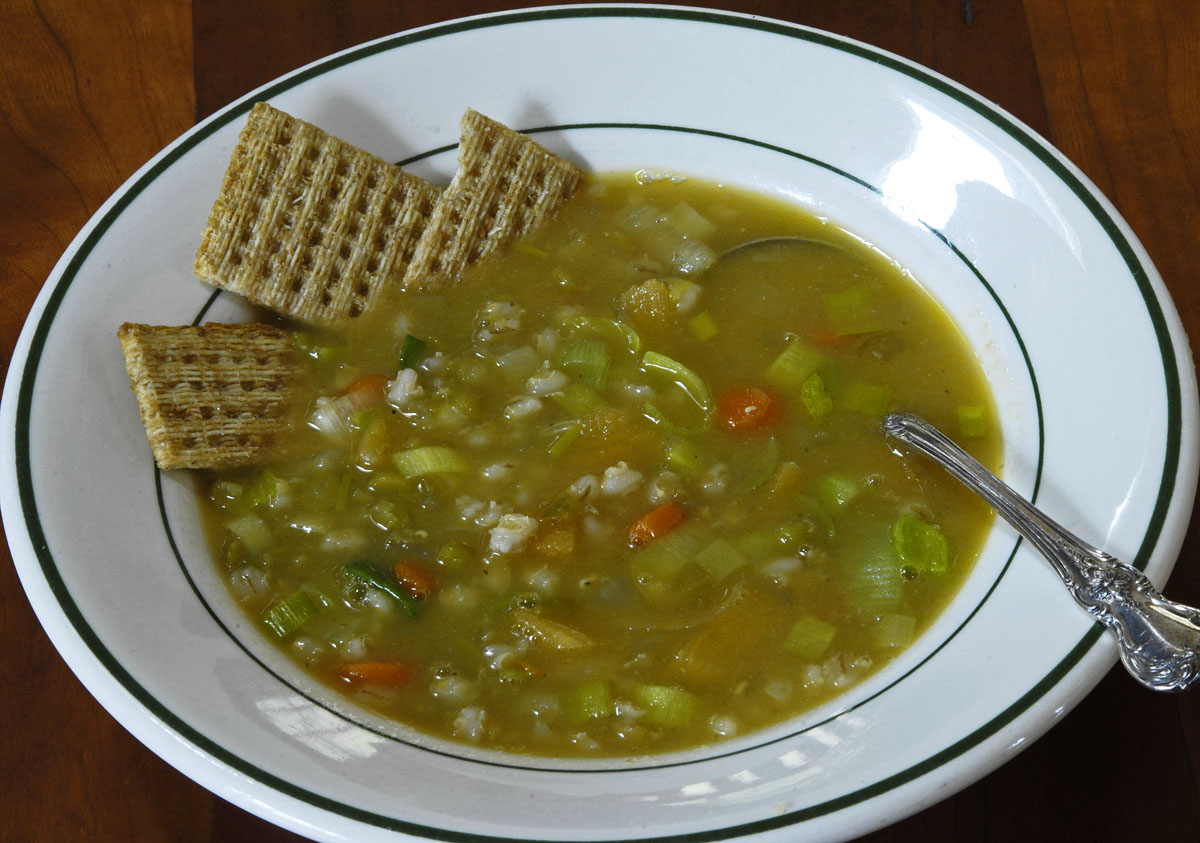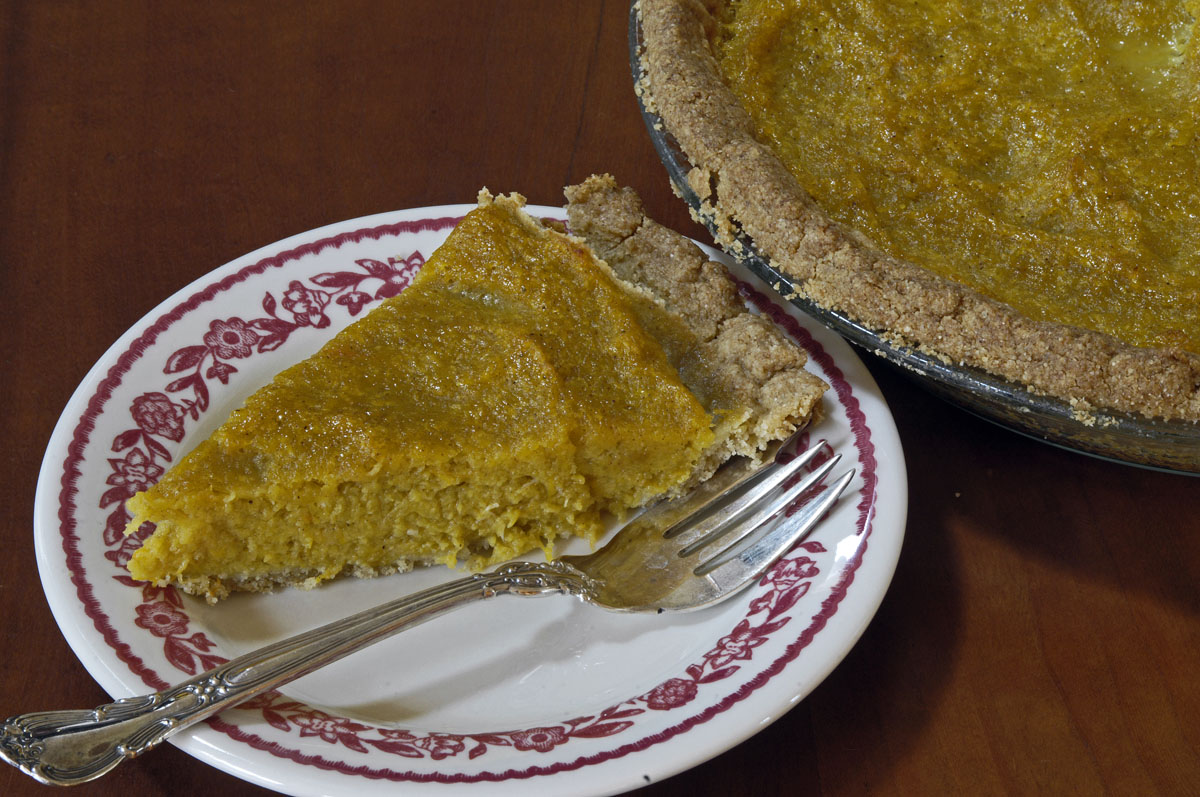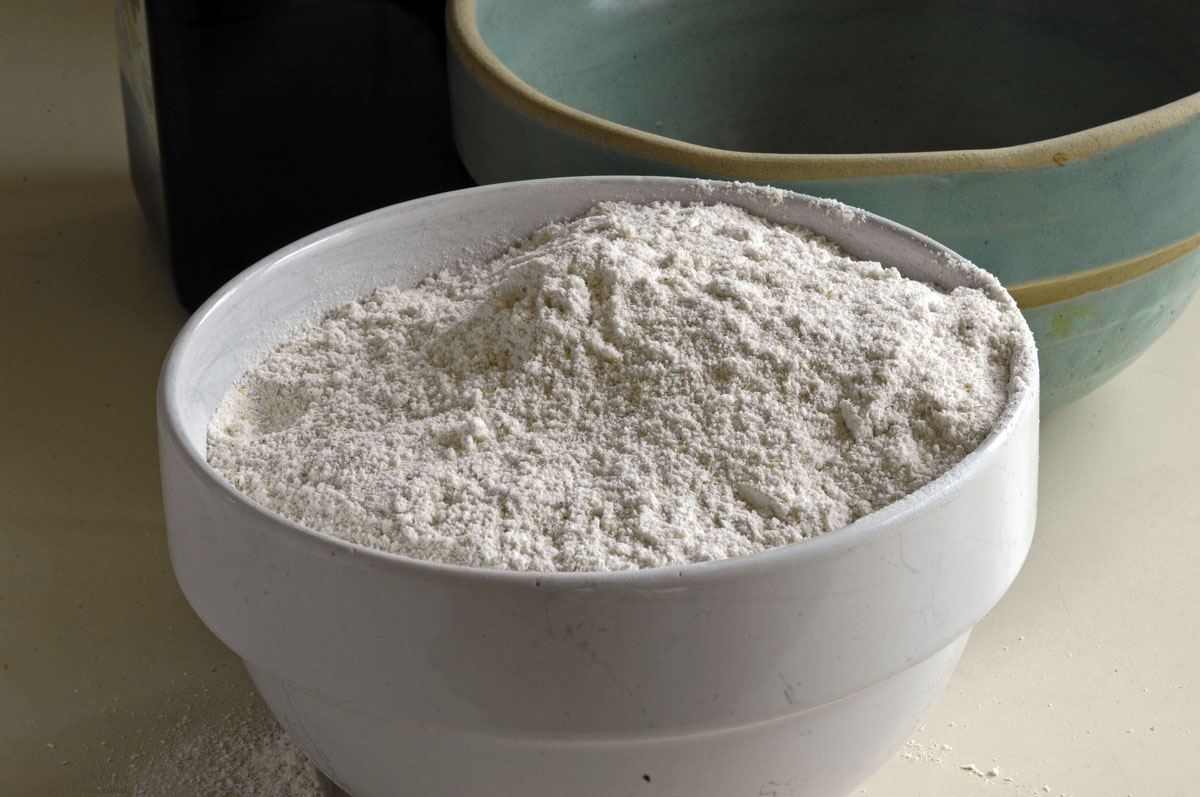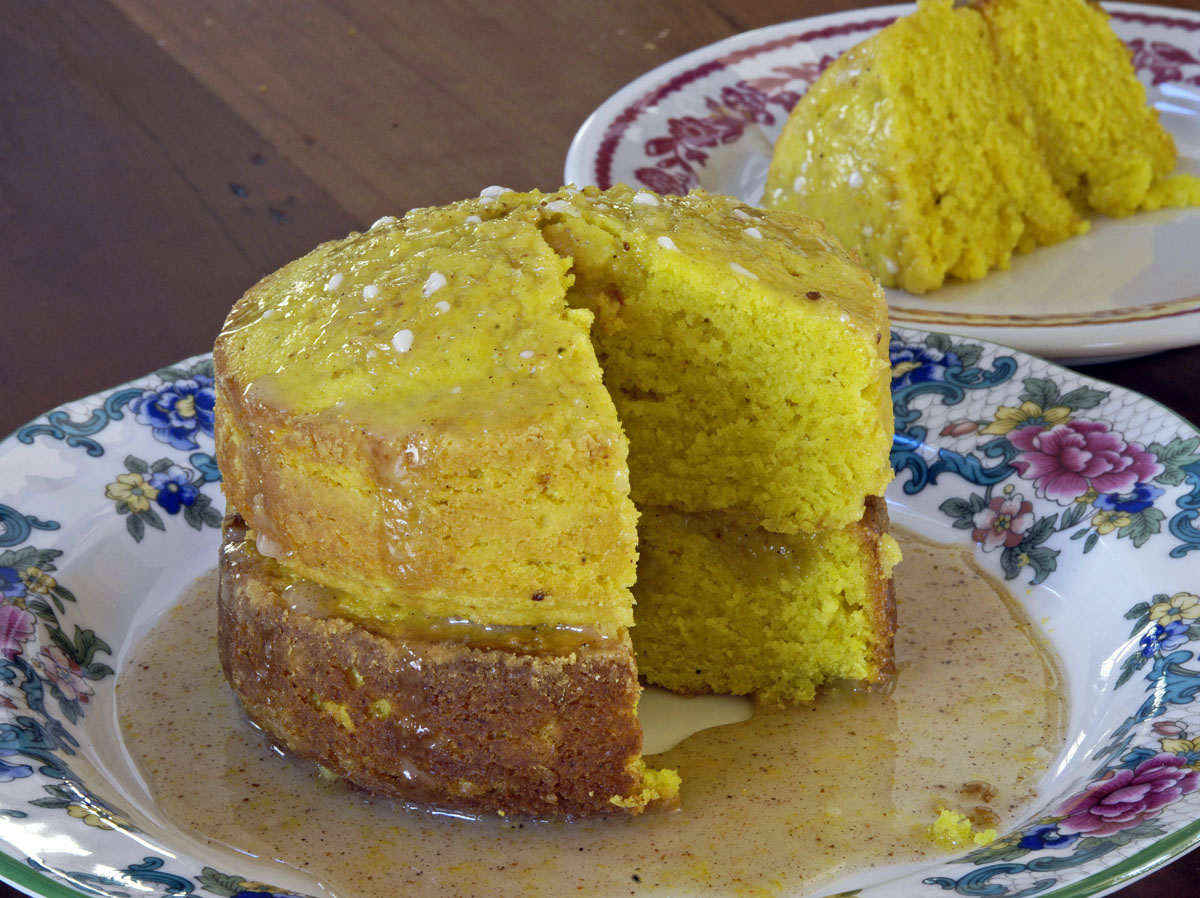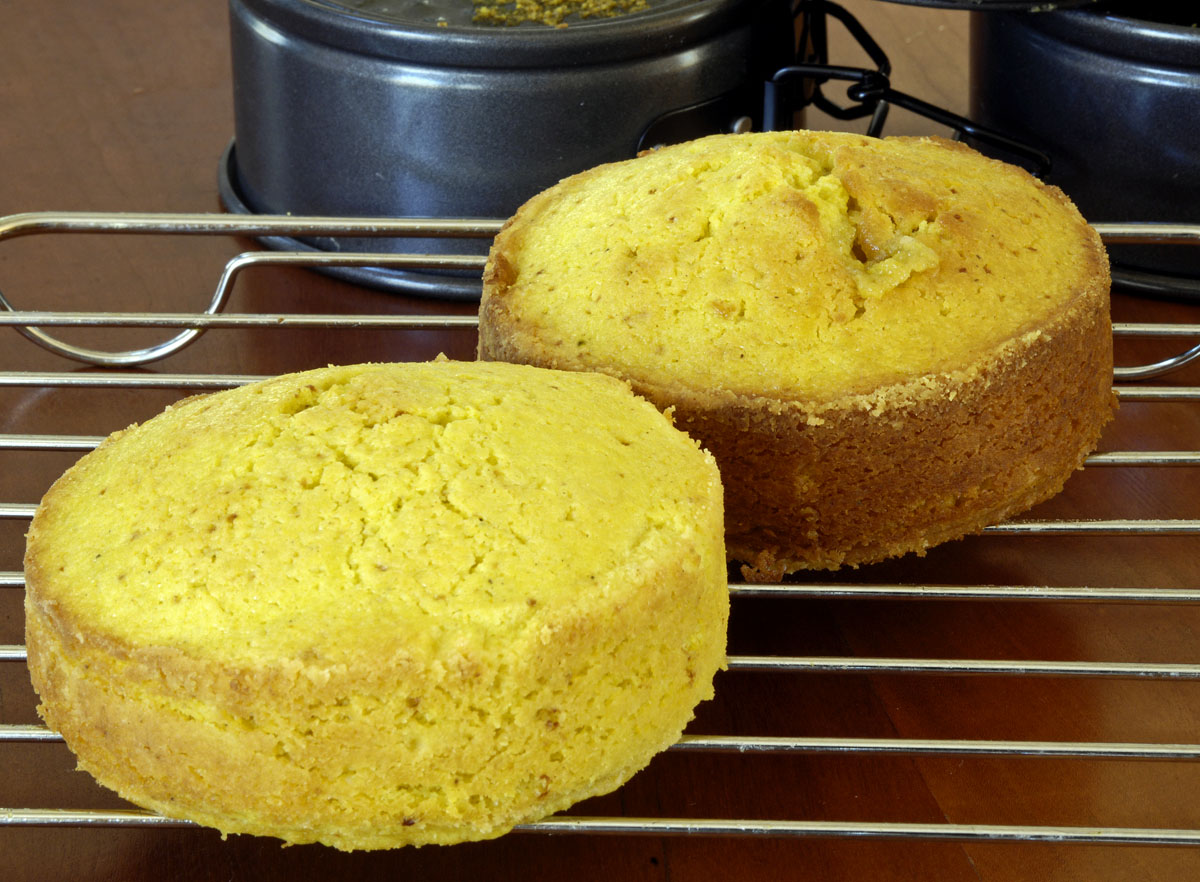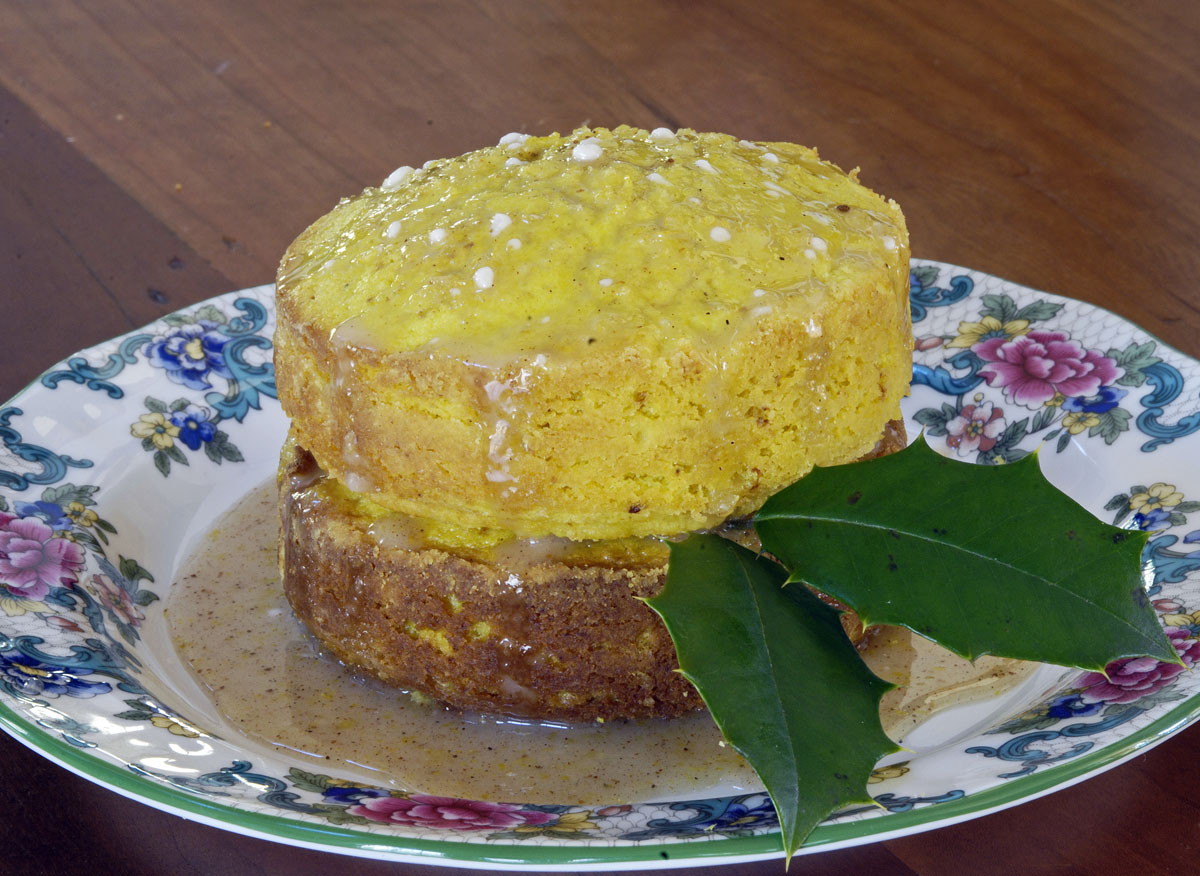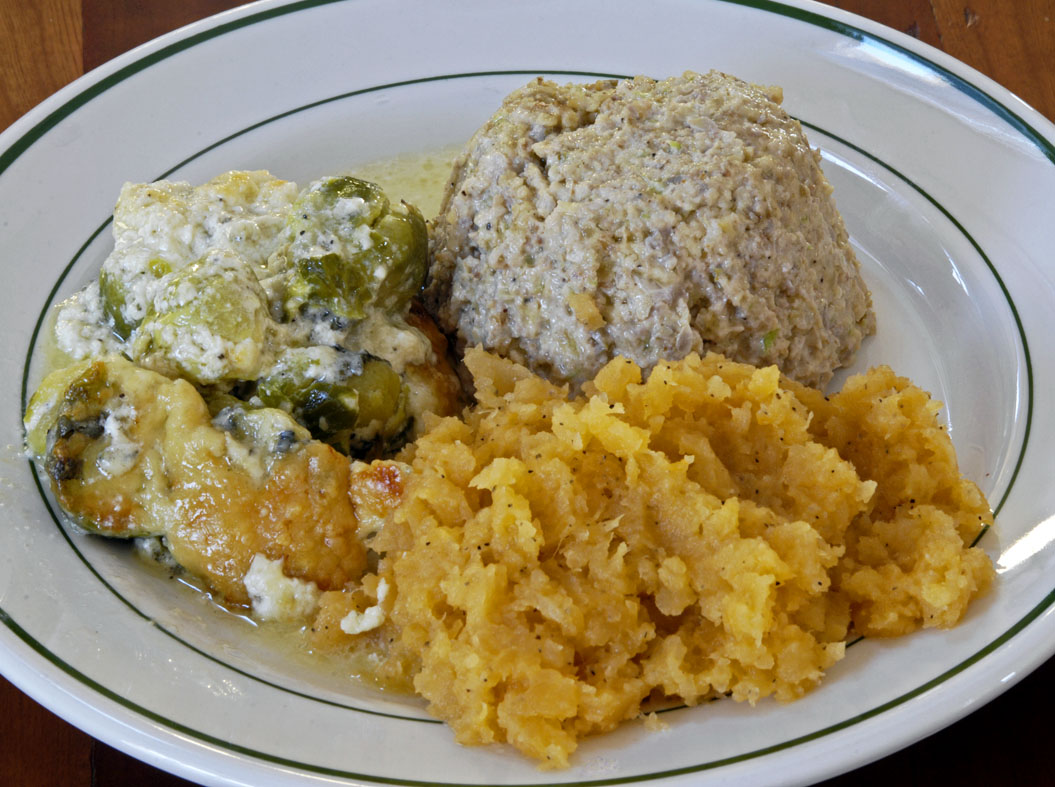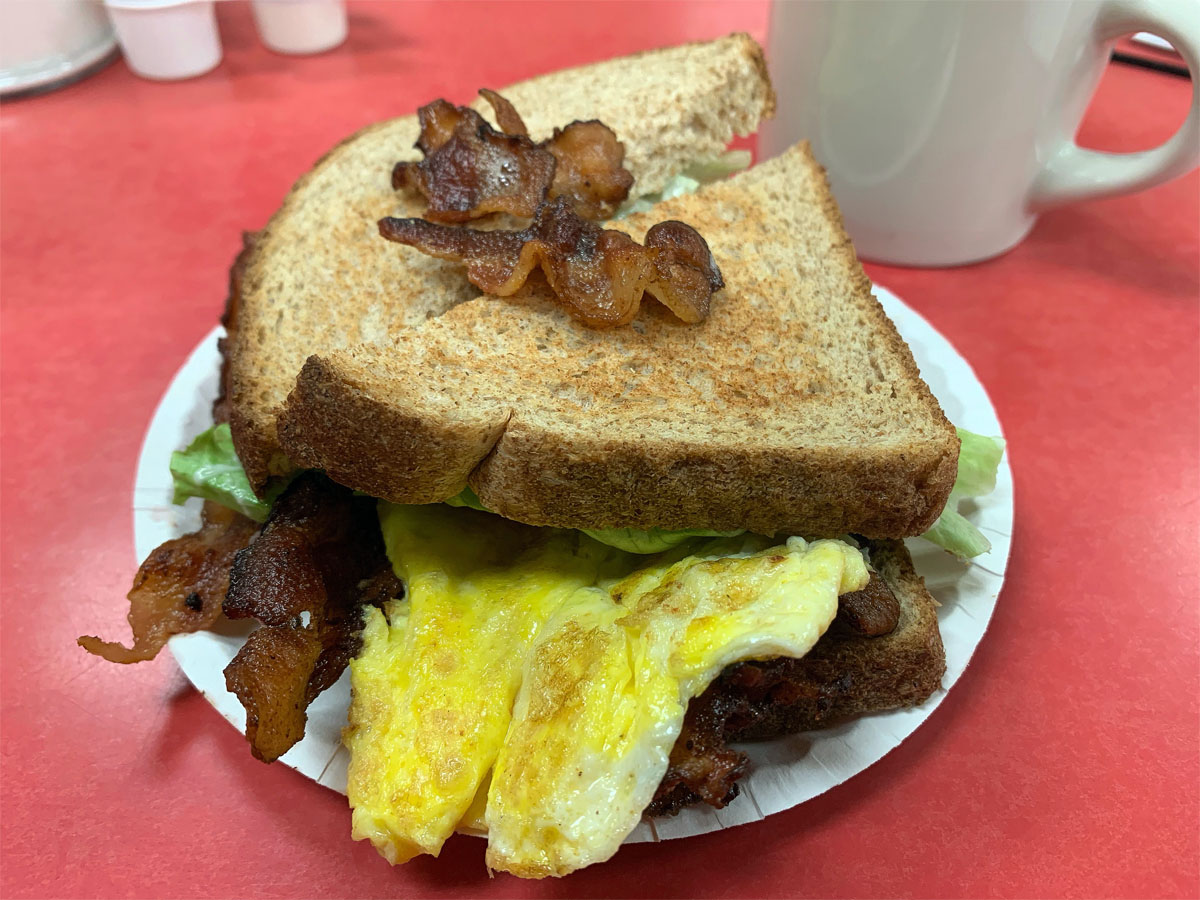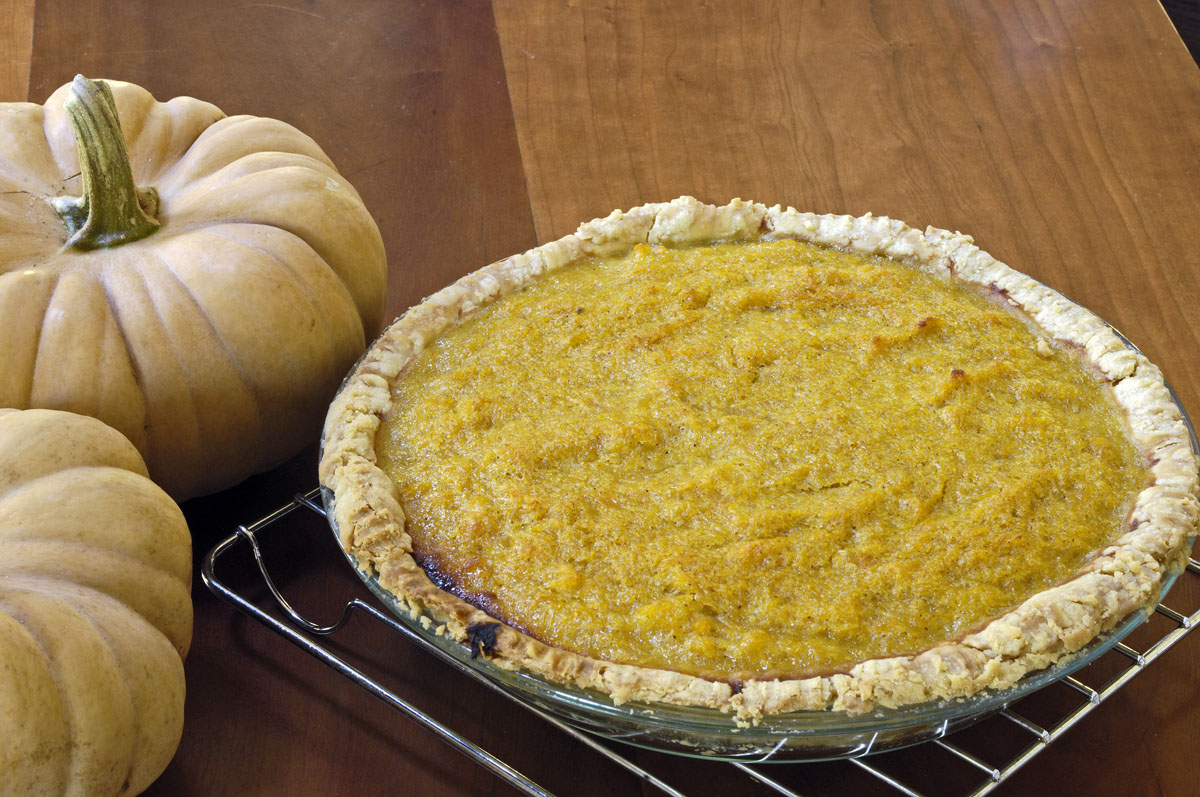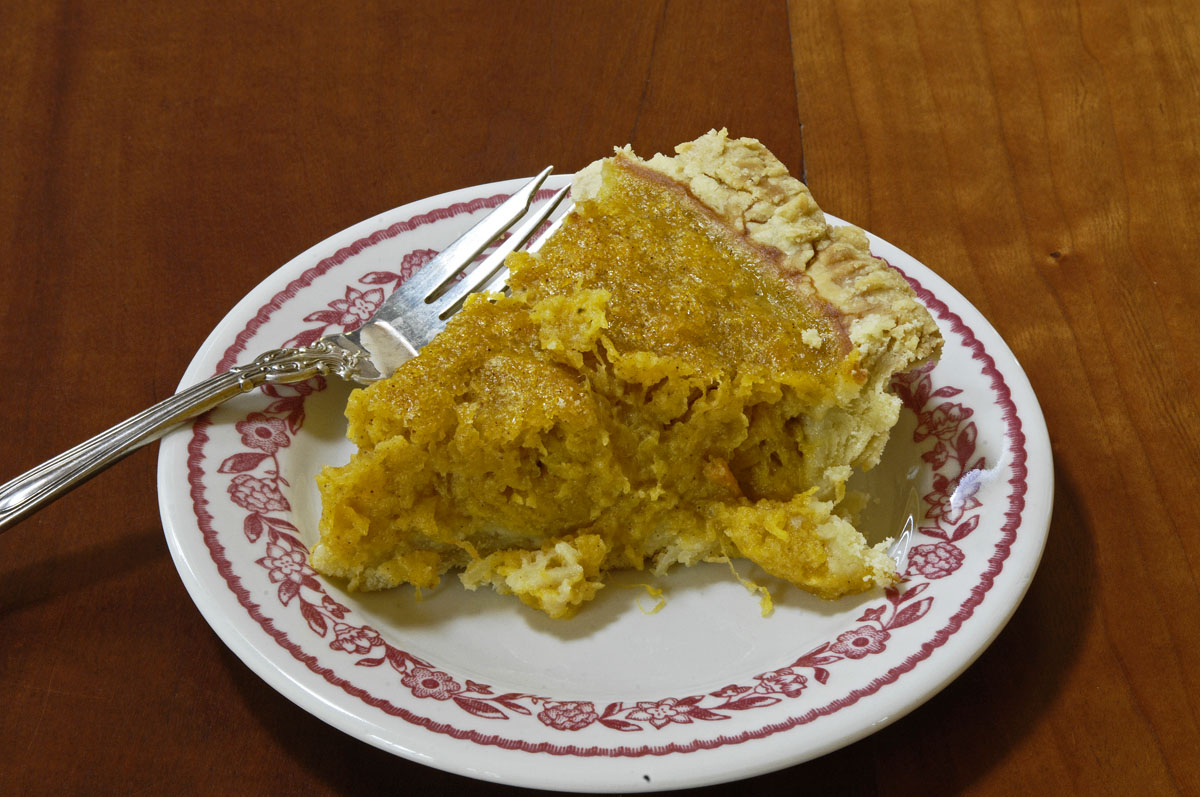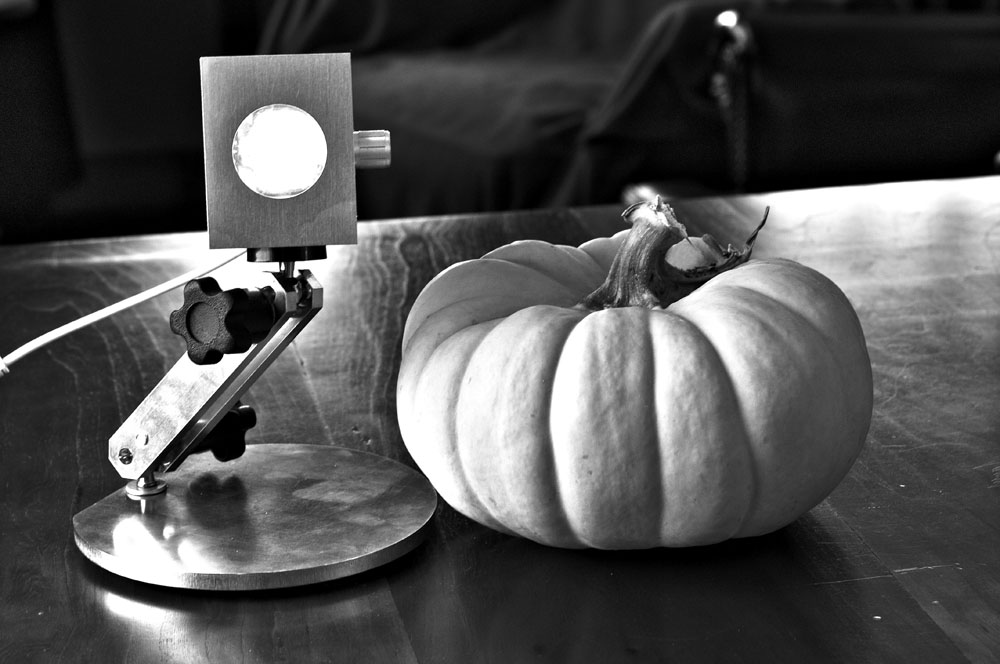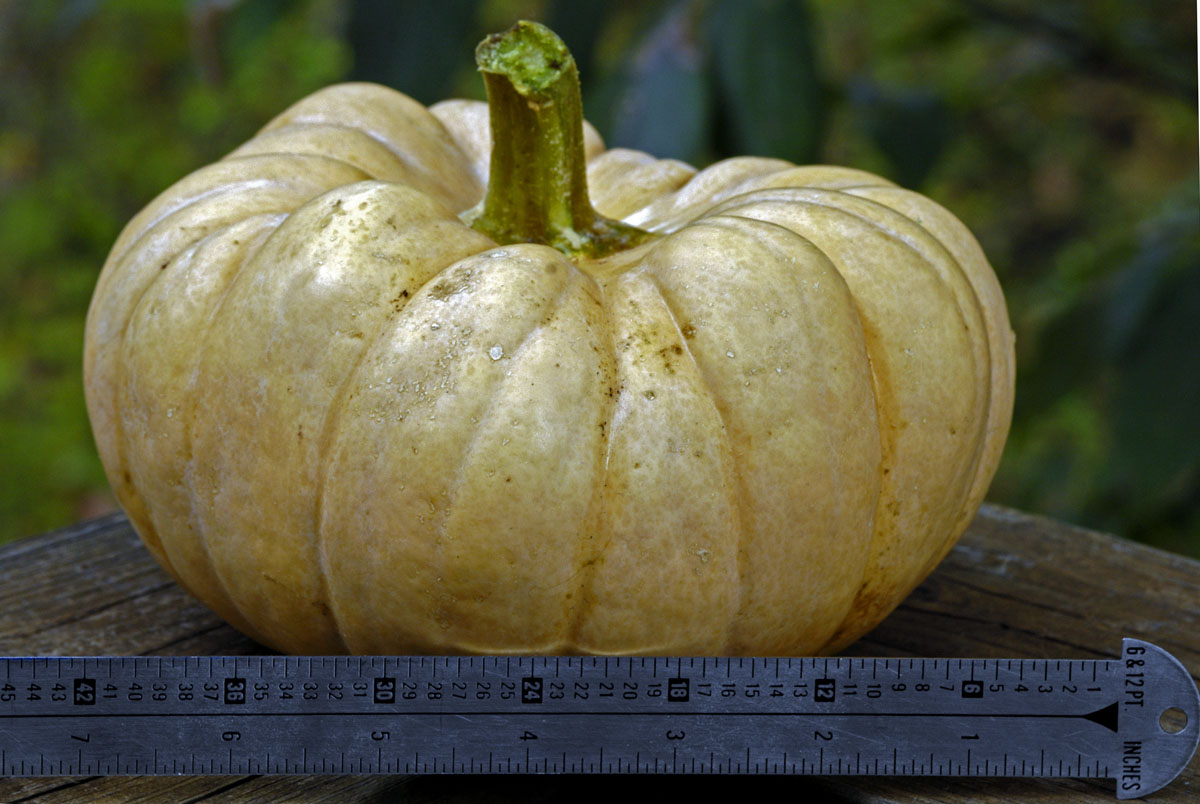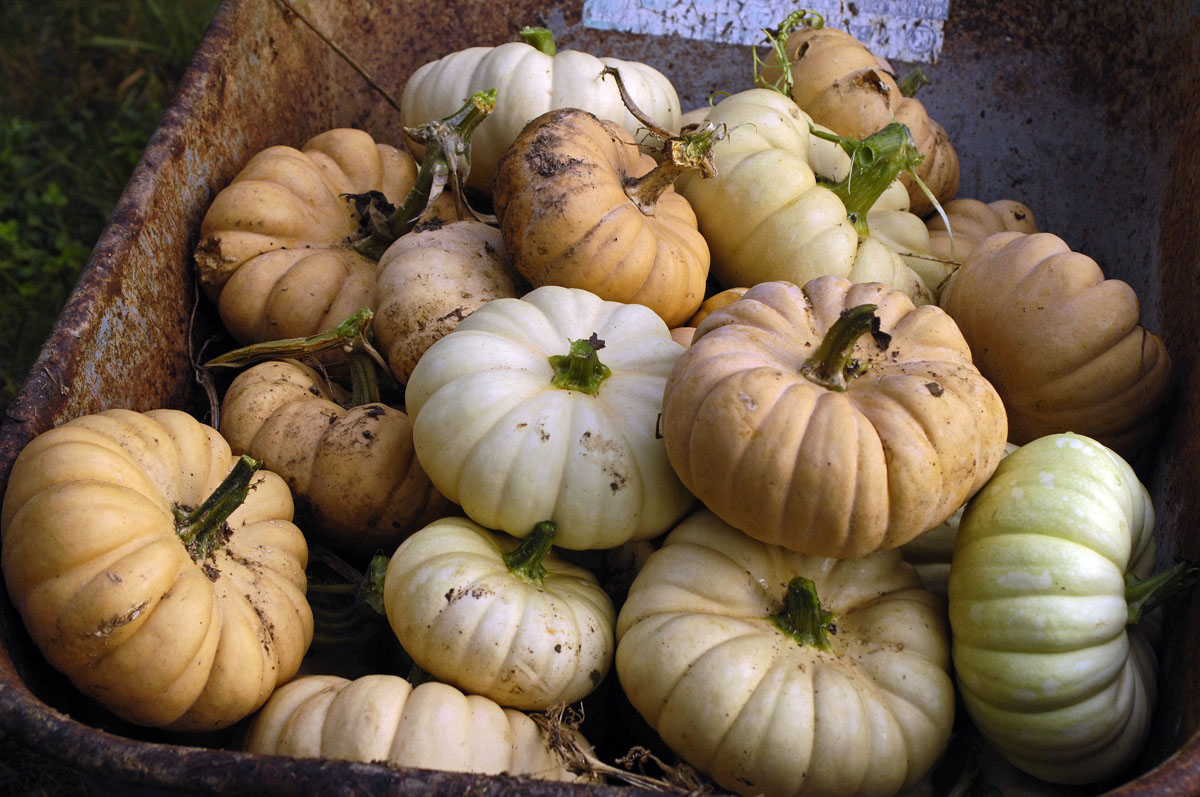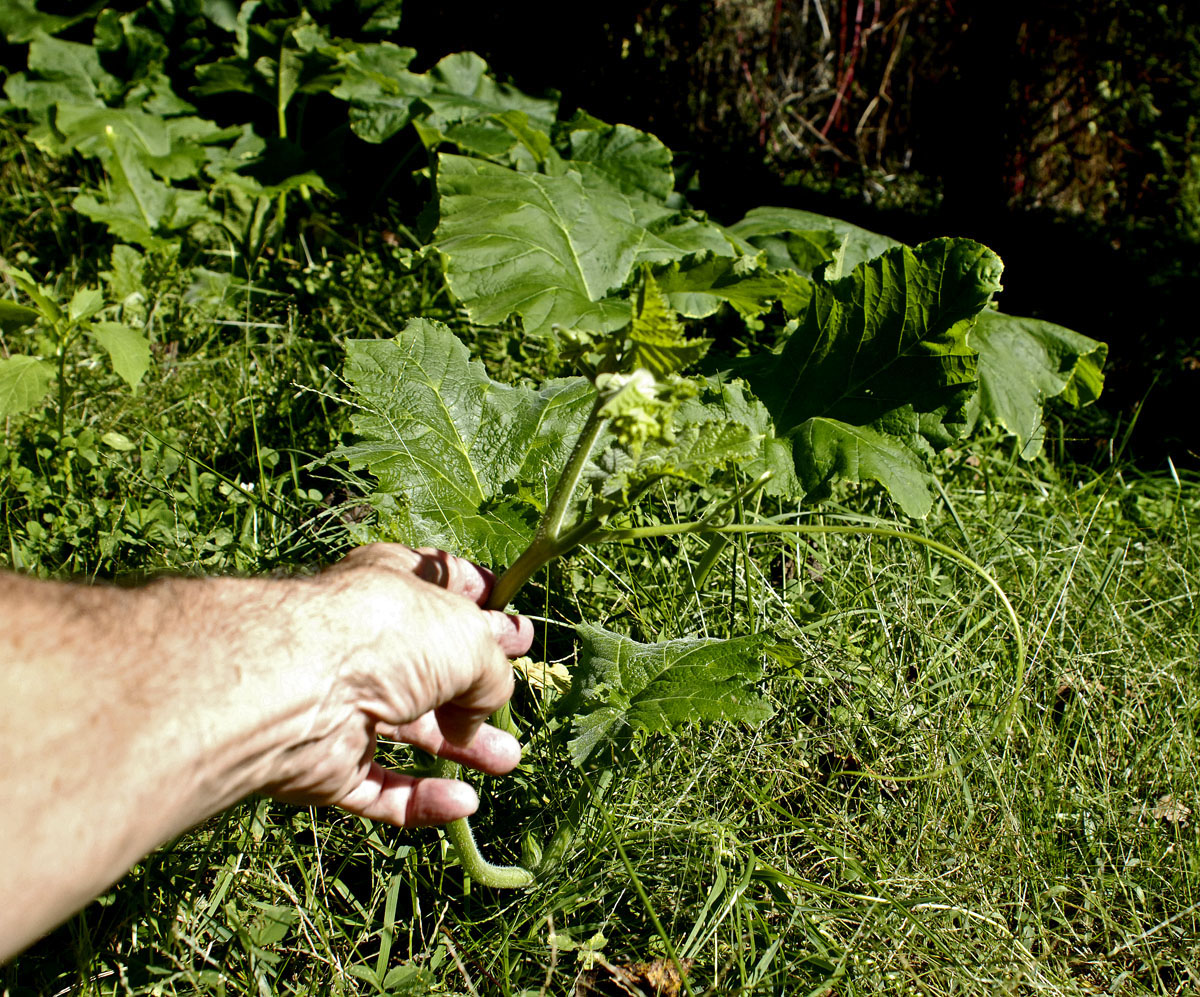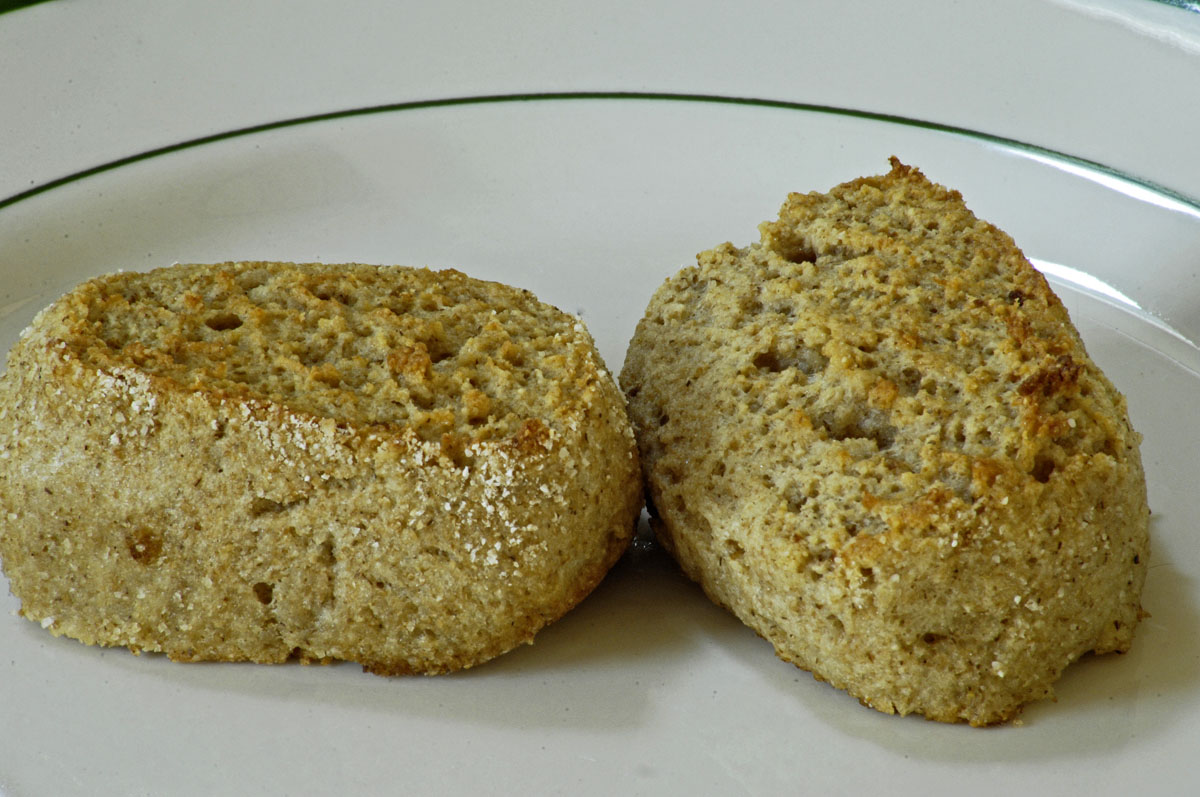
Barley biscuits
One of my kitchen projects at present is figuring out whether it would be possible to entirely replace wheat carbs with barley carbs without hating what we eat. We all know that wheat carbs, though addictively delicious, are not the healthiest carbs in the world. Whereas barley carbs have lots of health benefits. I will probably conclude that replacing wheat carbs with barley carbs would not greatly diminish the tastiness of our baking.
When baking with barley flour, the main challenges are yeast (or sourdough) breads, and biscuits. Heavier things such as muffins or banana bread would be dead easy. Pie crusts I haven’t yet tried.
Barley flour has much less gluten than wheat flour, and therein is the challenge. I cannot make good barley biscuits without using about one-fifth wheat gluten. Yeast breads require a higher proportion of gluten — one-fourth or a little more. When making yeast breads, you want a dough that feels as springy as wheat dough when you knead it. That requires gluten.
I’ve written about this before, but I am not a soldier in the anti-gluten wars. My system loves wheat gluten. It’s the wheat carbs that make us gain weight. Wheat gluten is 75 percent protein. Adding wheat gluten to barley flour improves the carb-to-protein ratio of the bread, in addition to greatly improving the quality of the carbs.
For biscuits, with four parts barley flour to one part gluten, most biscuits recipes probably would work with little modification. For yeast breads, three parts barley flour to one part gluten should work. But I would recommend these barley-bread experiments only to cooks who have the experience to know how a proper dough should feel and can adjust things as necessary.
You can buy barley flour at most grocery stores in one-pound bags. I prefer to grind my own, using organic hulled barley, bought in bulk at Whole Foods. Store-bought barley flour has a slightly lighter color than my home-ground flour, so I wonder if the store-bought flour is more refined than I would like.
Barley flour, as a thickener for gravy, seems to thicken a gravy pretty the same as whole wheat flour would. The gravy will have a slightly grainy texture, but it’s delicious. Because it’s the starch in flour that thickens a sauce, you don’t want to add gluten to the flour that you use for making gravy.
I would rate barley gravy at 3 stars out of 5. I’d rate barley biscuits at 4 stars out of 5. Barley biscuits are vastly better than whole-wheat biscuits, something I gave up on trying to make a long time ago. Barley biscuits have a nice, nutty flavor that tastes great with a little honey and butter.
I’ll post in the future on yeast breads made with barley flour. I’m even going to try a pie crust.
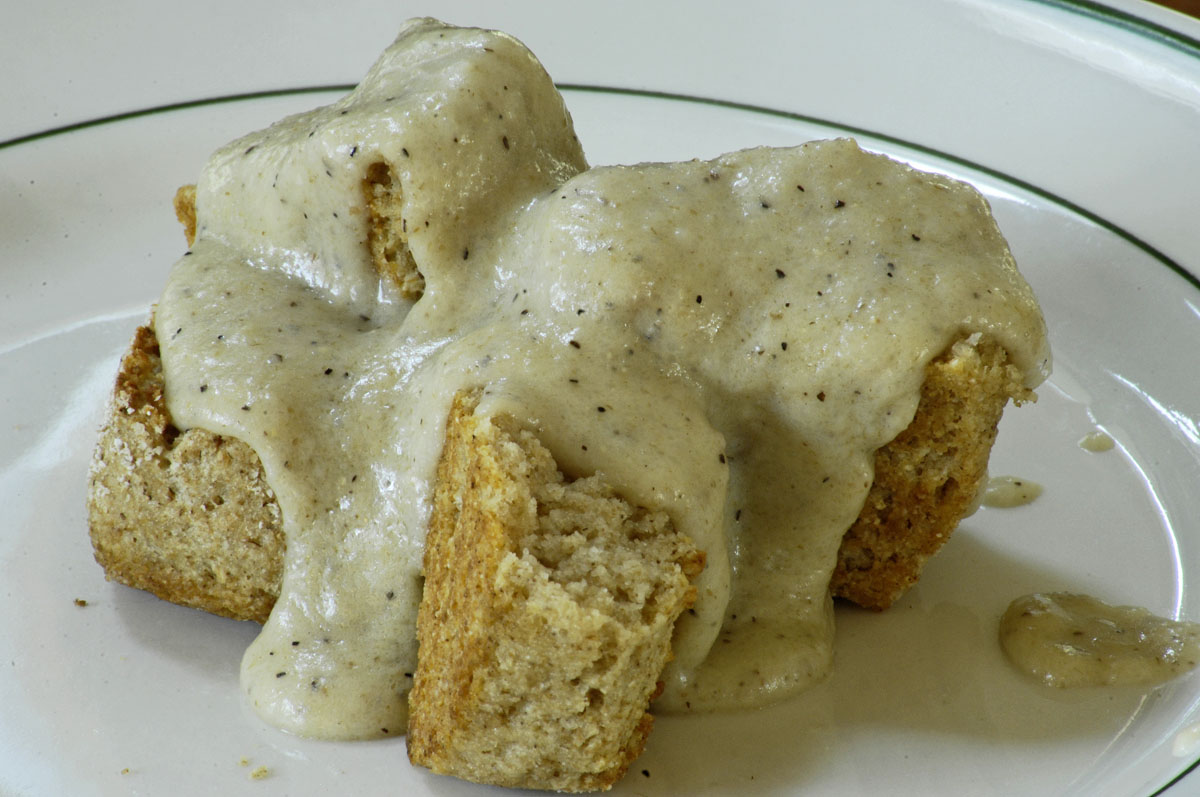
Barley biscuits and barley gravy. The only fat that I ever use for making gravy is olive oil.
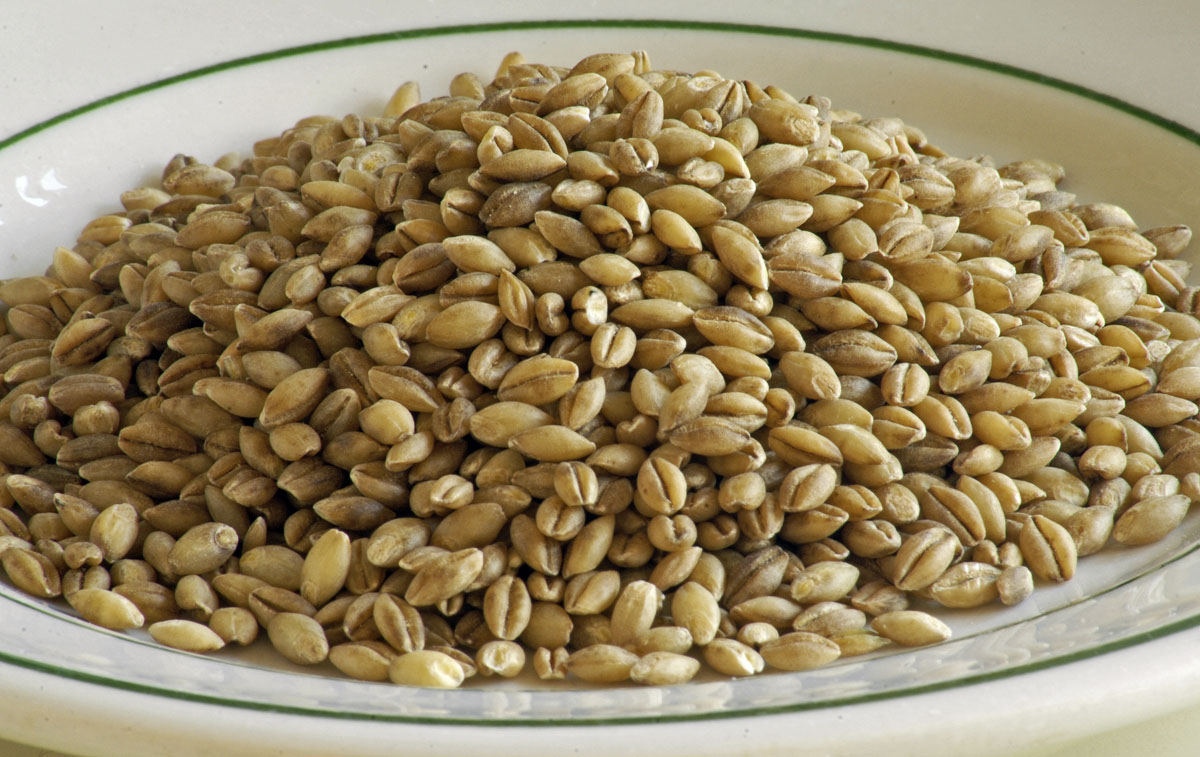
Organic hulled barley, bought in bulk at Whole Foods
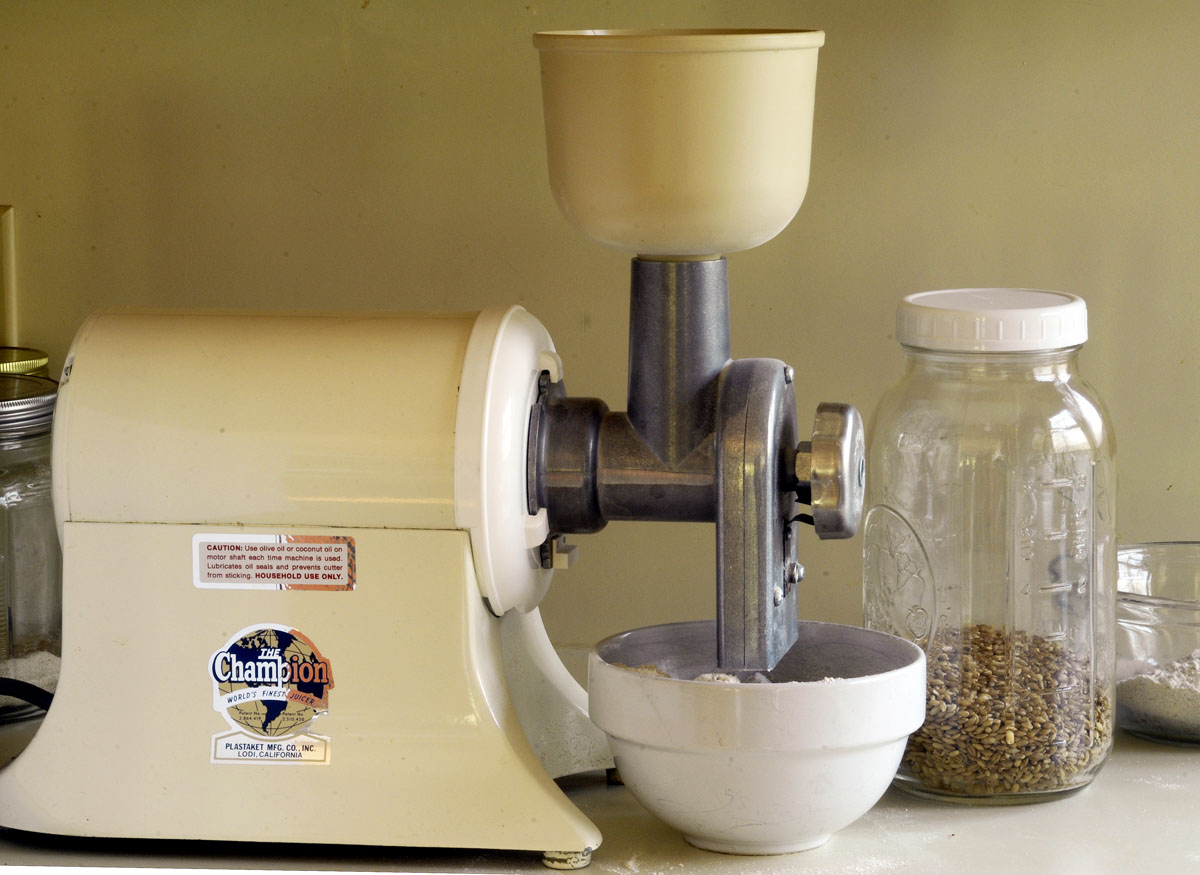
My flour-grinding apparatus
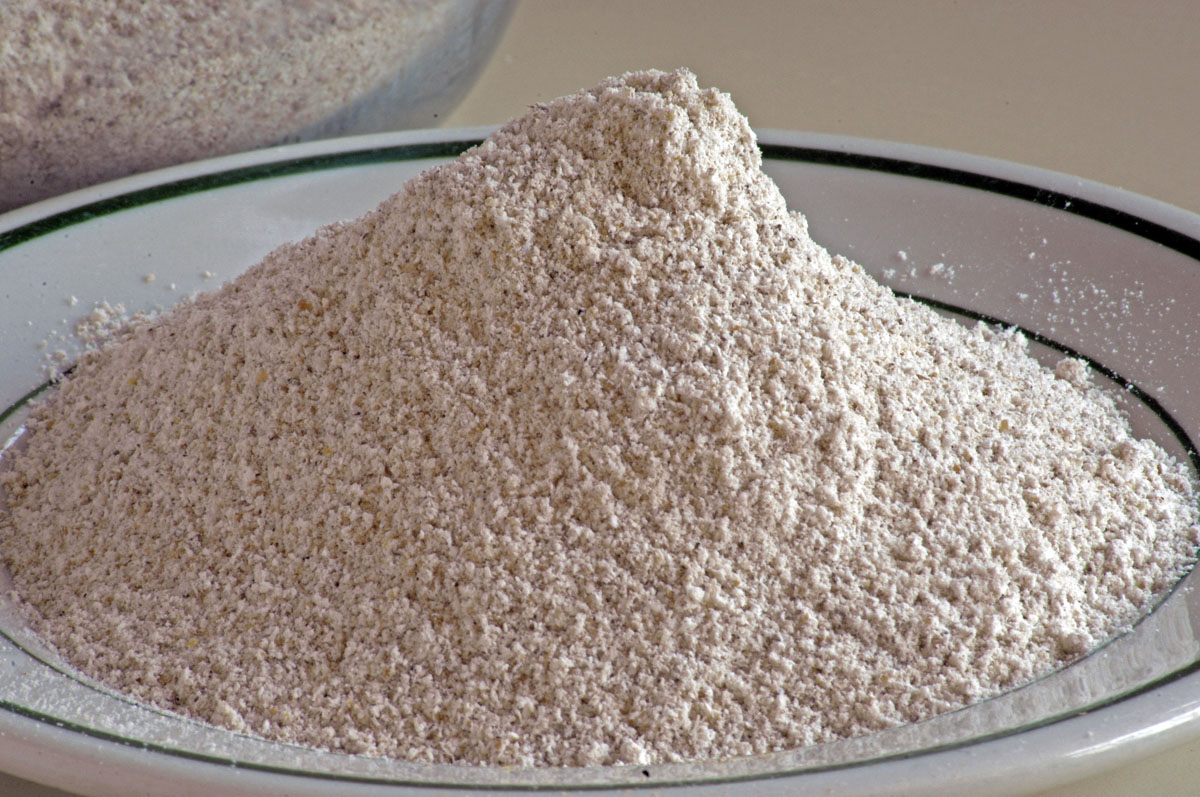
Flour from whole-grain hulled barley, nice and fresh

